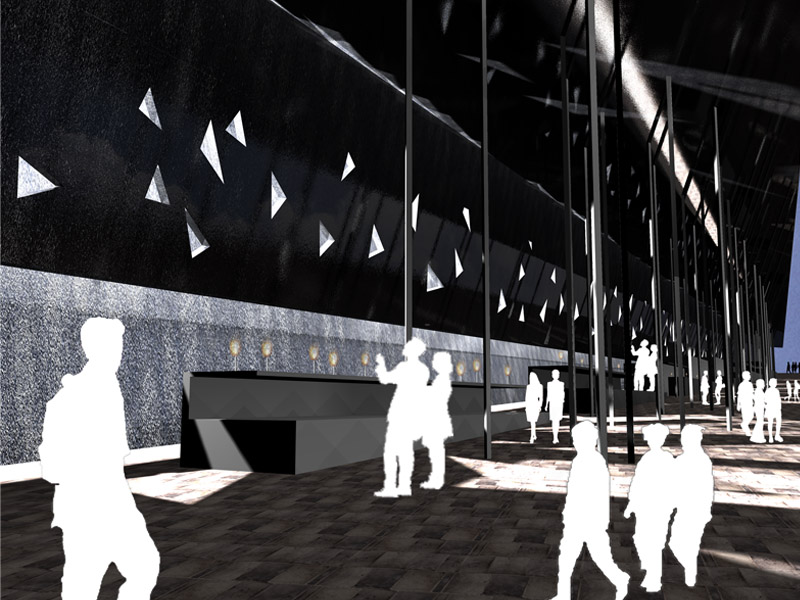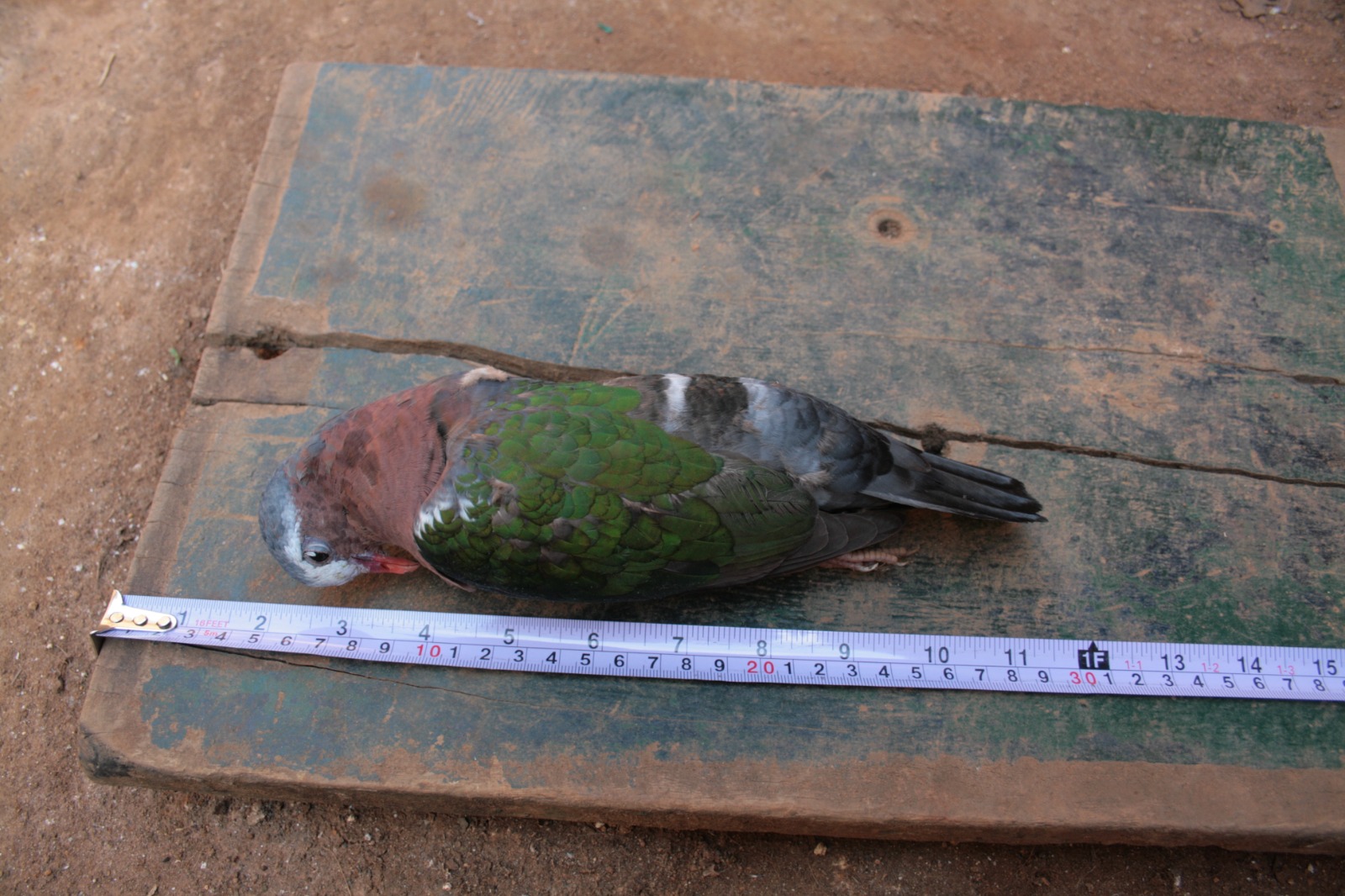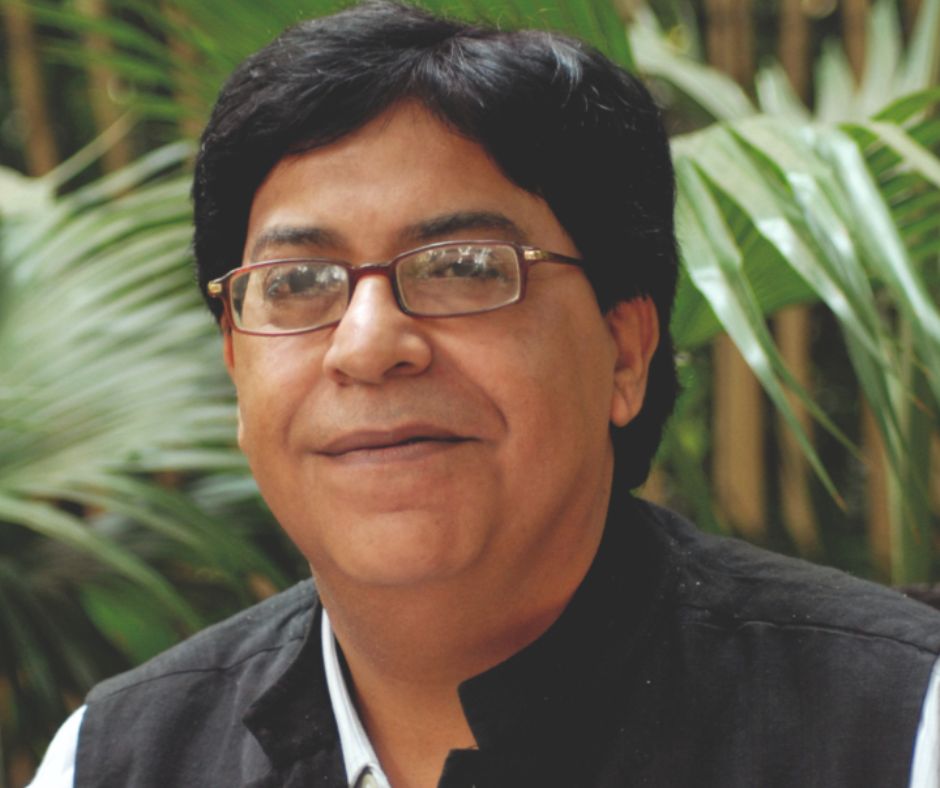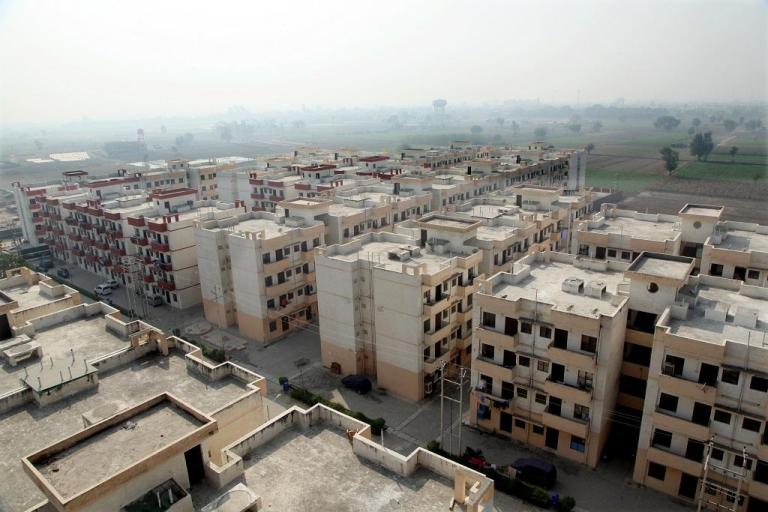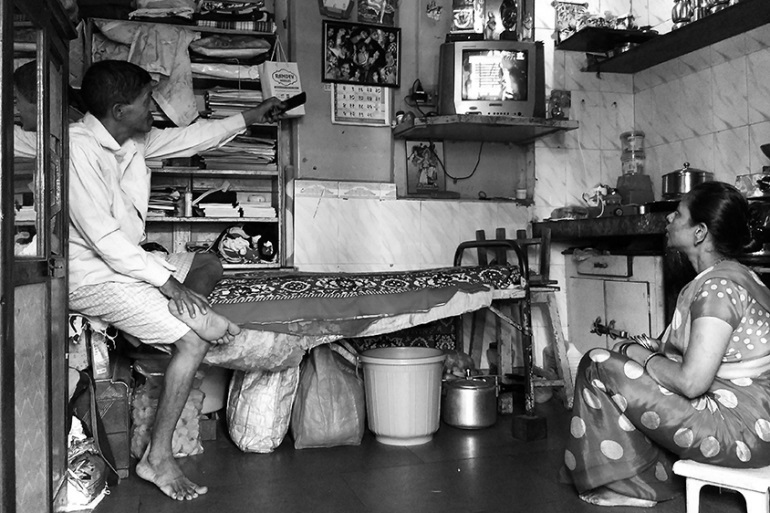Educated at CEPT Ahmedabad, Ar. Nisha Mathew Ghosh is the co-founder and one of the Principals at Mathew and Ghosh Architects , Bangalore.
She has taught briefly and is currently engaged with the design and production of works of Architecture, and their writing thereof. The works of the firm have merited numerous national and international awards.
She is also involved with the design of Home Accessories and Jewelry in handcrafted stainless steel and silver.
AWARDS
She has jointly with partner Soumitro Ghosh won many awards which include The Chicago Athenaeum International Architecture Award 2007, World Architecture Community Award 2013, A+D& CERA Architecture Award, Nominations for Iakov Chernikhov International Foundation Award Moscow 2012, Borromini International Award for Young Architects, Rome, 2001 etc.
INTERNATIONAL EXHIBITIONS
Her Home Accessory portfolio/works in handcrafted stainless steel –ANAH- have been a part of Scenes d’interieur, Maison Objet Paris Sep 2010 & Jan 2011 ,
What makes India urban – Aedes am Pfefferberg, Berlin Oct – Nov 2009 and many more.
PUBLICATIONS
Some of her works have featured in ‘Highlights Architecture Vol.3’ Hong Kong, The Phaidon Atlas of Contemporary World Architecture,London, Young Asian Architects’ + ‘Indian Design’ by daab gmbh, Koln, etc.
Her projects:
Bhopal Gas Tragedy Victims Memorial
The conceptual development of the memorial is meant to encapsulate the idea of cleaning of this ‘brown field’ before it can be recovered for the public. The landscape retains the scars in the process and superimposes a hovering separateness from the scarred and pitted earth. The new landscape retains the scars and makes clearings between propped fragments that help make and negotiate the experience.
The void of the courts that mark the physical absence of the removed old factory and the connection underground of the two is a path that marks metaphorically the movement from the scarred to the humane rehabilitation in its experience through the dark, jarred & tenuous uncertain connection between the two. While the first court becomes the image of pain the latter holds the hope of recuperation.
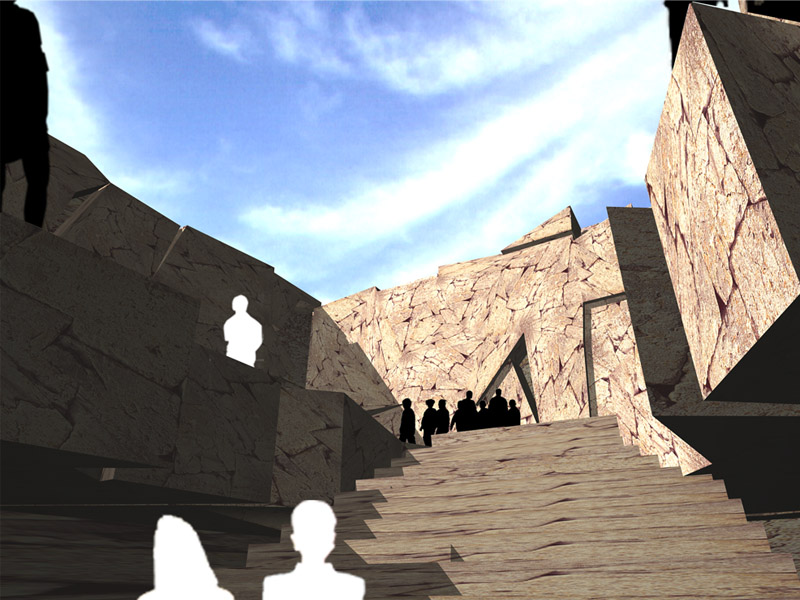
The latter court (with gentle sounds of water) opens itself across its opened flowing out ground plane to the landscape and the place for the trees, the place for ritual and the moments of individual introspection and solace.
Memory remains an act –the moment that will remain with all in its image of pain and healing simultaneously and shared by all in different ways at one place. The spirit of the place becomes the memorial and the role of architecture is to enable this moment.



